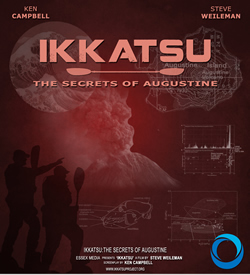Coming up this weekend is another overnight trip, a short paddle but a long camp (if that makes any sense.) In preparing for the Ikkatsu Expedition, we are trying a bunch of different camera techniques, experimenting with new gear and trying to work out some of the other things that will go into the survey process. It’s not the paddling that we need to work on; it’s all the other stuff. We just figured it would work better – and be more fun – if we actually set it all up, “for reals,” as the boy would say.
NOAA has a book on proper survey techniques… our particular method is going to be something called a “standing-stock study,” and unlike other types of surveys, it doesn’t require that we collect the debris we find. Which is good, since space is at something of a premium in a sea kayak.
I was listening to a radio interview the other day with Curt Ebbesmeyer, the undisputed expert on all things flotsam. (He literally wrote the book: “Flotsametrics,” and is the planet’s leading authority on how ocean currents work.) He had plenty of insights on what we can expect from this summer’s trip and I am hopeful that we can talk with him before we head out, but of all the things he said in that particular interview, there was one nugget that really made my ears perk up. He said that, when the higher concentrations of tsunami debris start showing up, we can expect a spike in Japanese glass fishnet floats.
The glass balls are the number one, primero elusive beach combing find, as far as I am concerned. Other people find them, people I have paddled with have found them; it’s just that I have never found them. But, according to Ebbesmeyer, the tsunami washed thousands of them out into open water, reserves that had not been used in many years but that had been stored near coastal fishing operations when the big wave hit.
If that is true, then maybe, just maybe, I will trip over one out there somewhere. And, if I do, that will be one survey item that I will make room for in my kayak.










